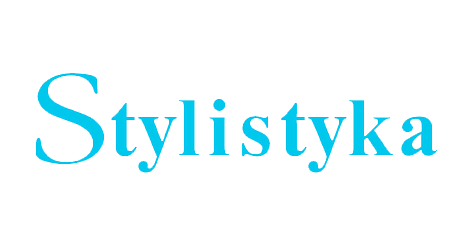

The paper concems the artistic functionality of three dots as a semantically characteńzed punctuation mark [ ... ].
Having examined the narration in The Ashes (Popioły), a novel by Stefan Żeromski (1864-1925), the author emphasizes that the usage of this mark. was in some measure justifiable for as early as 1895-1935. Possible textual functions of three dots were pointed out and scientifically sanctioned by the theoreticians and judges of punctuation during the literary period ofmodernism (e.g. A. Małecki, F. Łagowski, J. Hełczyński, W. Wąsik). Although the use ofthree dots in the narration of The Ashes rileans a pause in the narrative procedure, it does not exclude communication on the narrator-addressee of narration level, but only temporarily suspends the verbal means of imparting information. The narrator seems to think that at a given moment of narration the communication on both levels (i.e. on the surface and on the deep ones) is not necessary. However, the usage of three dots is often connected with the achievement of narrative strategies that are at the narrator s disposal in fictional communication (i.e. between the narrator and the addressee of narration). Moreover, the author of the article compares the usage of three dots with the functions of other punctuation· marks; he puts forward hypotheses about punctuational preferences, which depend on literary kinds and particular genres. In The Ashes, three dots may primarily signify, e.g.: intensity of emotion, forward or backward extension of the horizon of narration, transient polyphonisation of utterance, introduction to a piece of information about a sudden event. The mark often perforrns more than one function at the same time. In some situations of the functional communication in The Ashes it is irreplaceable; its usage is never accidental nor caused by mannerism. The author concludes that three dots are a means of artistic expression. This seemingly marginal subject-matter does prove useful in the reception of a literary work.
marginubject-matter does prove useful in the reception of a literary work.
Pobierz pliki
Zasady cytowania
Licencja

Utwór dostępny jest na licencji Creative Commons Uznanie autorstwa – Użycie niekomercyjne – Na tych samych warunkach 4.0 Międzynarodowe.